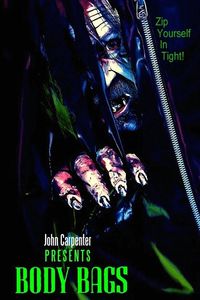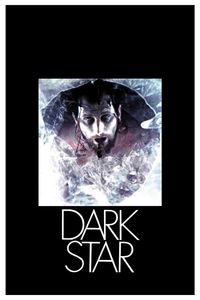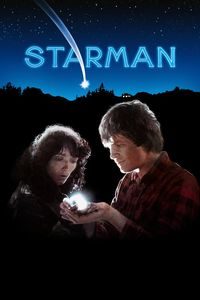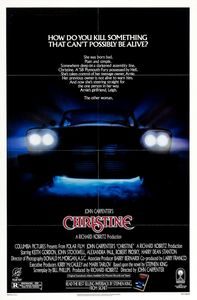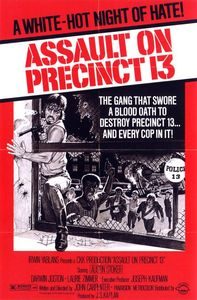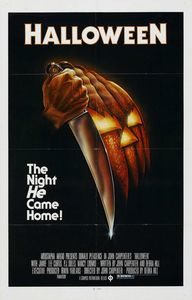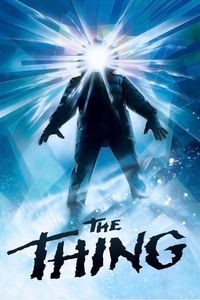Someone’s Watching Me! (1978)
(In French, On Cable TV, September 2020) Predictably enough, Someone’s Watching Me! checks off most items on the list of characteristics for early rough movies from a now-famous director: It was made for TV, features a simplistic plot line, and keeps costs low by shooting near Los Angeles. For a long time, this early effort from John Carpenter was almost impossible to find due to its humble origins, and I suspect that catching it on a French-language channel is a bit of a fluke. Still, even for early pre-Halloween work from Carpenter, there are a few nice things here. It’s directed with some competence within the limits of its production: the action moves at a decent pace, the budgetary limits don’t show all that much and it’s not unpleasant to watch. Perhaps more significantly, here we have a 1978 film already tackling the now-commonplace issue of a technologically savvy stalker harassing a single woman. The film is fascinated with then-cutting-edge technology (something reinforced by its opening credits typeface) and the patina now given by the period setting is increasingly fascinating. In other words, Someone’s Watching Me! remains an interesting film even if you abstract the fact that it was directed by Carpenter—a small-scale techno-thriller with a likable heroine (plus a sidekick being played by Adrienne Barbeau) and a great matter-of-fact late-1970s atmosphere.

